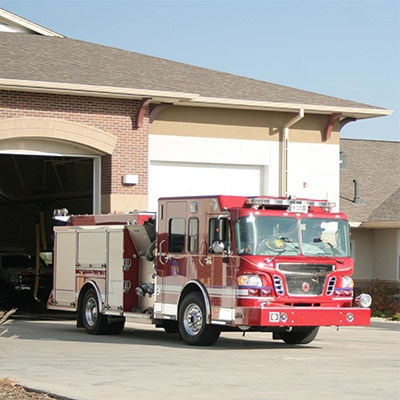Author: Steven Wolf
Preserve something positive or prevent something negative? These are two basic approaches that messaging to increase revenues can take. When an agency needs an increase in funding to maintain their operations, facilities, and services, they have to be very careful about how they ask their constituents.
At face value, a preserve message seems favorable. The focus is kept on the high quality services being performed. A school district might say, “We have excellent schools and we need more finances to keep them that way.” On the other hand, a prevent message might be perceived as threatening by focusing on the negative consequences of diminished services. If the same school district says, “Without additional funding, school buildings will crumble, class sizes will increase, and dropout rates will double,” how will people respond differently? Perhaps they will think the district is being irresponsible with their spending and using exaggerated claims to scare people.
Yet a prevent message has tempting upsides to it. People can be emotionally impacted by the consequence-focused message and make a greater commitment to take action. Researchers studying a Virginia Governor’s race found that “negative ads appear to stimulate voter turnout” (Freeman and Goldstein, 1999). The concept that risk and consequence-based messages can stimulate voters rings valid and requires consideration.


Should a fire district show photos of past fires (prevent) or their best apparatus (preserve)?
For services that happen behind the scenes, like mosquito control, preserve messages grab much less attention. People do not tend to notice the absence of mosquitos, and they might not attribute the hard work of a vector control agency to their bug bite-free summer. But show them a magnified image of an Asian Tiger Mosquito with a prevent infestation message and they will pay more attention.
Which is a better message strategy to build support for a district’s services – preserve or prevent? Unfortunately for those who like black and white answers, it depends. Each community will have its own preference for and understanding of the public services it receives. The same community might respond best to a prevent message for fire services, but a preserve message for water pollution prevention. And of course, most message strategies will have a complex blend of both preserve and prevent elements. When so much is at stake, independent research should be conducted that accurately measures how the community would respond to different message strategies.
Steven Wolf is a Marketing and Process Analyst at SCI Consulting Group and has a Master of Arts in Communication from West Texas A&M University.
References:
Freedman, P. & Goldstein, K. (1999) Measuring Media Exposure and the Effects of Negative Campaign Ads, American Journal of Political Science, v43.4.
